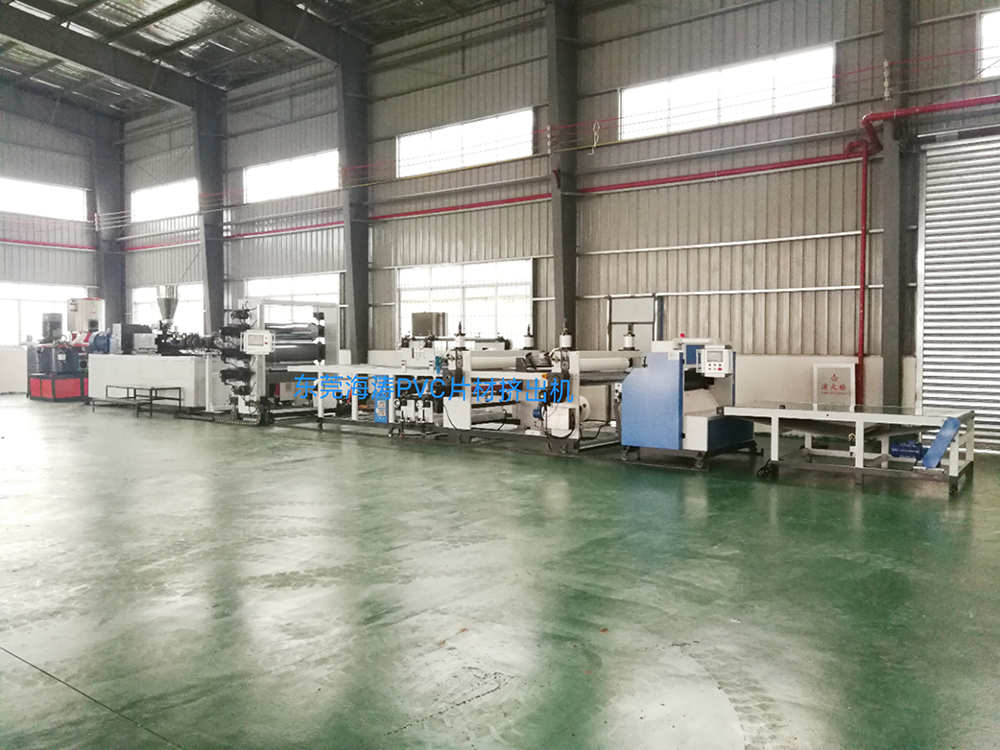The role of sheet extruder in today's society is really very big, you can see it everywhere. In most plastic extruders, the change of screw speed is achieved by adjusting the motor speed. The driving motor usually rolls at full speed of about 1750 rpm, which is too fast for a twin-screw extruder. If you roll at such a fast speed, there will be too much conflicting heat, because the plastic residence time is too short to prepare a uniform, excellent mixing melt.

In equipment repair, the general twin-screw extruder often needs to remove the heating and cooling system first, and then pull out all the screw. The split twin screw is not necessary, as long as a few bolts are loosened, rolling worm case handle equipment can lift the upper half of some barrels to open all barrels, and then repair. This not only shortens the repair time, but also reduces the labor intensity.
Speed is high or low, especially for machines. It is known that twin-screw extruders can be divided into high-speed and low-speed according to the rotating speed of screw, and that according to the structure of screw and barrel, they can be divided into whole and combination. On the basis of twin-screw extruder, in order to simplify the processing of blends with poor thermal stability, some manufacturers have developed multi-screw extruders such as planetary extruders.
How to repair the screw of plastic extruder? The twisted screw should be manufactured according to the actual inner diameter of the barrel and the deviation of the outer diameter of the new screw according to the normal clearance between the barrel and the screw. The thread surface with reduced diameter of worn screw is treated, then the wear-resistant alloy is sprayed by thermal spraying, and then grinded to size. This method is usually repaired by professional spraying plants, and the cost is relatively low.
Surfacing wear-resistant alloy on the thread part of worn screw. According to the degree of screw wear, surfacing 1-2 mm thick, then grinding the screw to size. This wear-resistant alloy is composed of C, Cr, Vi, Co, W and other materials, which increases the wear resistance and corrosion resistance of screw. Professional surfacing plants have a high cost for this kind of processing. Except for the screw with special requirements, it is seldom used. The screw can also be repaired by hard chromium plating. Chromium is also a wear-resistant and corrosion-resistant metal, but the hard chromium layer is easy to fall off.


